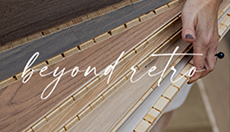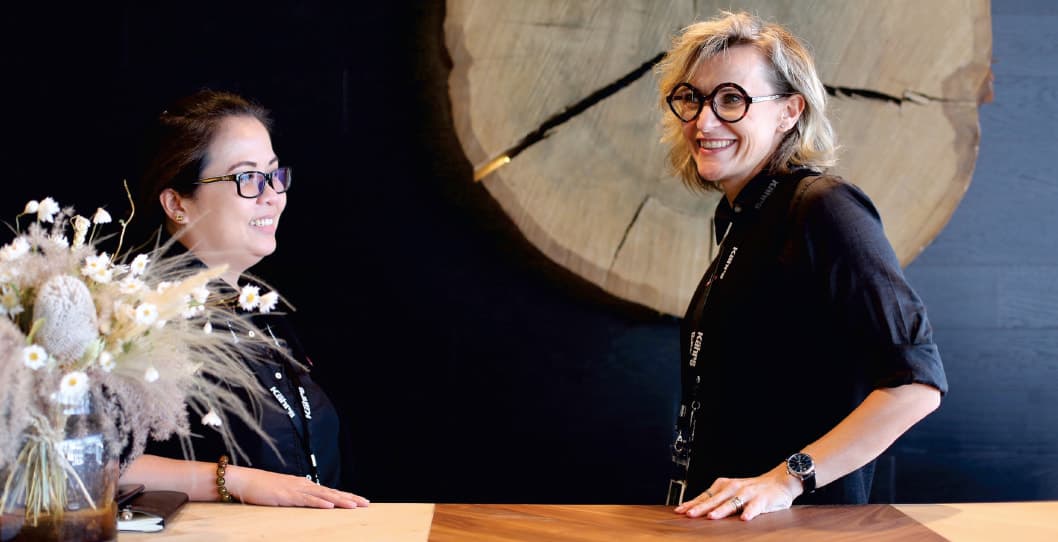Selecting Wood For Your Outdoor Projects
June 2, 2020
Outdoor projects are fun additions to your homes and offices that help bring in an innovative stance to your pre-existing space. Oftentimes, outdoor projects involve the use of wooden floor installations amongst other features like furniture and decorative elements and need to be carefully selected to avoid early deterioration. As wood present in the outdoors is subjected to harsher conditions than within your home, a careful guide of information has been crafted to help you make a good selection.
Factors To Consider
Any wood installation created to last in the outside world is crafted taking into consideration several factors that can affect its durability. Depending on the weather and climatic conditions that prevail in your country of resistance, harsh sunlight, heavy rains as well as the constant presence of moisture can affect the quality and substance of the wood.
A greater amount of heat can also dry the wood, reducing its lifetime considerably and increasing the possibility of repairs occurring frequently due to the damaged structure and altered color state. A humid climate can affect the shape of the wooden planks and lead the wood to lose its integrity quicker and lead it to destabilize its surface over time. Besides the climate, other agents such as fungus and mold can infest the wood and destroy it completely.
Available Selections
In today’s day and age, a lot of the wood produced is chemically enhanced to be more sturdy and resistant to a myriad of conditions that persist in the outside world. However, there are many trees that are naturally strong and useful for outdoor projects given their build and the environment they are found within. Among the highly resistant naturally occurring wood types are cherry wood, oak, and walnut that are famous and readily available across many real wood flooring stores.
Certain species of oak are said to be moderately resistant and can be identified using a flooring expert’s help and guidance. Woods such as ash, beech, birch, and even maple are better suited for indoor installations given their slight to nonresistant nature. By selecting the right type of wood from the very beginning, you can be assured that your outdoor project will remain intact for a longer period of time while also absorbing any further treatments done to it in an optimal manner.
Build To Resist
To further help your selected wood be ready for outdoor wear and tear, you can chemically enhance and modify its structure by adding protection coats to its surface. Besides choosing a dense wood to prevent fungal growth on the wood, also oiling it heavily while manufacturing will help eliminate water from becoming stagnant on the wood. A UV blocking coat in addition to any other chemical top coats will also ensure that your wood is well protected against sunlight and constant high heat surroundings.
A thermal coat in particular helps cater to this requirement further. Any water-resistant chemicals and an exterior grade finish can also be generously applied to ensure the wood does not lose its shape and color with time. As per the directions of a flooring expert, you can have regular maintenance done on the wood which will help prolong its life and keep your wooden flooring looking perfect all year long.
To start working on your outdoor project today, get in touch with our team of professionals at Nordic Homeworx and install the best fit wood floors in your home.






